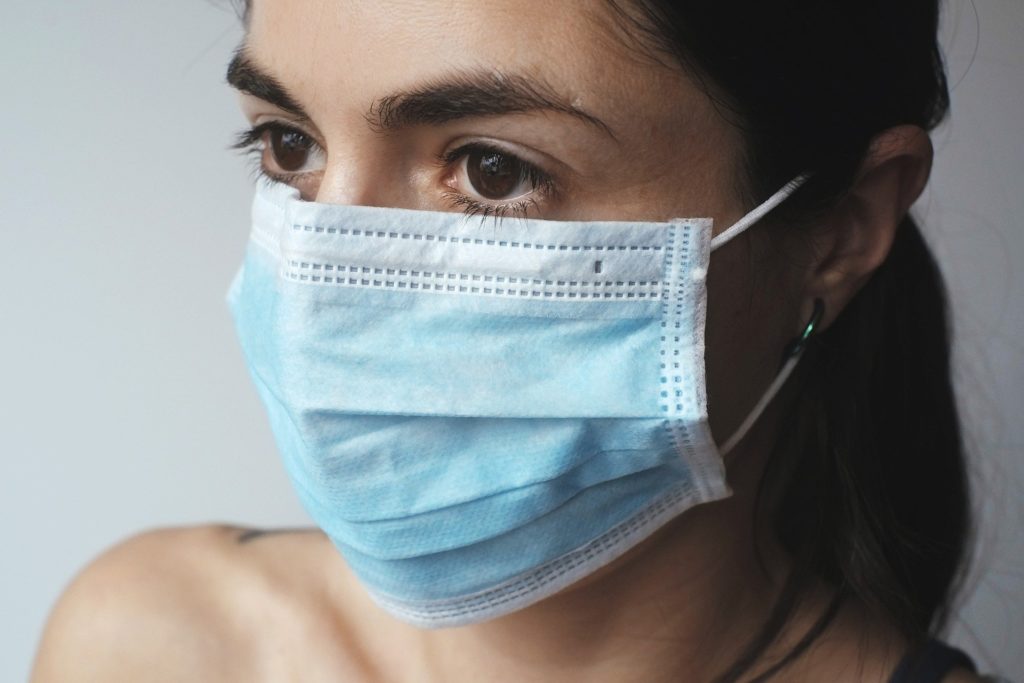
Let’s dive into the best foods for anxiety and the best foods for depression – plus which foods to limit or reduce so you can optimize your mental health.
Depression and anxiety are actually very closely linked in terms of their causes and how they manifest. And this is why there are many similar foods that reduce anxiety AND depression by helping to bring our bodies and brains into balance. First, we’ll run through which foods to avoid with anxiety and depression because they may contribute to or worsen symptoms.
Then, I’ll share some of the foods that help anxiety and foods that help depression based on the existing scientific research. Whether you’re looking specifically for anxiety relief or anti depression foods, or you’re focused on taking care of your overall mental health, I hope these foods for anxiety and depression can be helpful for you!
Keep in mind, no specific food is a treatment for anxiety or depression, and these recommendations are NOT a substitute for medical or psychiatric advice. Please consult with your physician or mental health professional before making lifestyle changes, especially any changes that involve medications.



